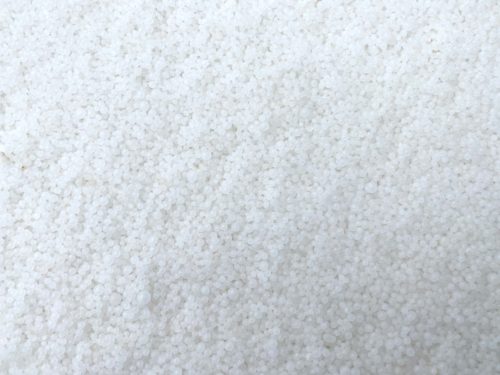$825.00/t - Ex-Store
Prilled Urea has the highest nitrogen content of all readily available fertilisers supplied in the New Zealand market. Prilled Urea is made up of 0.75mm-2.0mm prills and is typically used for direct application or when dissolving for liquid application.
Urea nitrogen is in the form of Urea (amide) form and first must be broken down by soil enzymes to become plant available (in ammonium and nitrate forms).

Prilled Urea is often applied as a single product application to crops and pasture with the intention of utilising the smaller particle size to improve product distribution and uptake when compared to standard granule Urea. Prilled Urea is also well suited to liquid applications with the smaller particle dissolving faster compared to granule Urea.
Summer, Autumn, Winter, Spring